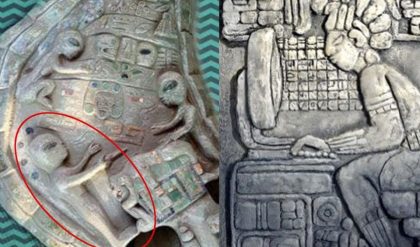The flushable toilet, a cornerstone of modern sanitation, revolutionized public health and comfort. While the concept of waste management dates back to ancient civilizations, the first modern flushable toilet, designed by Sir John Harrington in 1596, marked a significant leap forward in hygiene and innovation. This article explores the invention of Harrington’s toilet, its impact on society, and its legacy in the history of sanitation.

1. The Historical Context
Before Harrington’s invention, sanitation was a challenge in both urban and rural settings. Early toilets, known as privies or latrines, often consisted of simple pit toilets or cesspits. These systems were prone to overflow, leading to unsanitary conditions and the spread of disease. The need for a more effective solution was evident, and the quest for improved sanitation was underway.
2. Sir John Harrington: The Inventor
Sir John Harrington, an English courtier and godson of Queen Elizabeth I, is credited with inventing the first modern flushable toilet. Harrington was not only a poet and translator but also a keen inventor with an interest in improving public hygiene.
The Invention: Harrington’s flushable toilet was designed to address the deficiencies of existing sanitation systems. His invention featured a cistern that, when filled with water, would flush waste away into a dedicated drainage system. This design represented a significant advancement over previous methods, providing a cleaner and more efficient means of waste disposal.

Design Features: The toilet was equipped with a valve mechanism and a system of pipes to carry waste away from the seat and into a cesspool or sewer. The cistern, made of wood, was placed above the toilet seat and could hold a considerable amount of water, ensuring a thorough flush.
Publication: Harrington documented his invention in a treatise titled A New Discourse upon a Stale Subject, published in 1596. This work detailed the mechanics of the toilet and provided a glimpse into Harrington’s vision for improved sanitation.
3. The Royal Connection
Harrington’s toilet was introduced at a time when sanitation was becoming increasingly important, particularly among the elite. Queen Elizabeth I, who had a close relationship with Harrington, was reportedly impressed by his invention. Though the flushable toilet did not immediately gain widespread acceptance, its association with the Queen highlighted its innovative nature.
4. Impact and Legacy
Harrington’s invention was ahead of its time and did not immediately achieve widespread use. The flushable toilet faced skepticism and resistance, partly due to the cost and complexity of installation. However, its fundamental design laid the groundwork for future advancements in sanitation.
Evolution: Over the centuries, the basic principles of Harrington’s design were refined and improved. Advances in materials, plumbing, and water management transformed the flushable toilet into a staple of modern sanitation. The development of porcelain toilets, improved flushing mechanisms, and the integration of modern plumbing systems revolutionized the concept introduced by Harrington.
Cultural Influence: Harrington’s invention contributed to the broader movement towards improved public health and hygiene. The flushable toilet became a symbol of progress and cleanliness, influencing architectural and urban planning practices.

5. Modern Flush Toilets: A Standard of Comfort and Hygiene
Today, the flushable toilet is an integral part of daily life, with millions of units installed worldwide. Modern toilets come in various designs and features, including water-saving mechanisms, bidet functions, and advanced flushing systems. The legacy of Harrington’s invention is evident in the comfort and convenience that contemporary toilets provide.
6. Conclusion
The flushable toilet, as pioneered by Sir John Harrington in 1596, represents a milestone in the history of sanitation. Harrington’s innovative design addressed the pressing need for improved waste management and paved the way for the development of modern plumbing systems. As we continue to benefit from the advances in sanitation, we can look back with appreciation at the ingenuity of those who sought to improve the quality of life through better hygiene and innovation.





